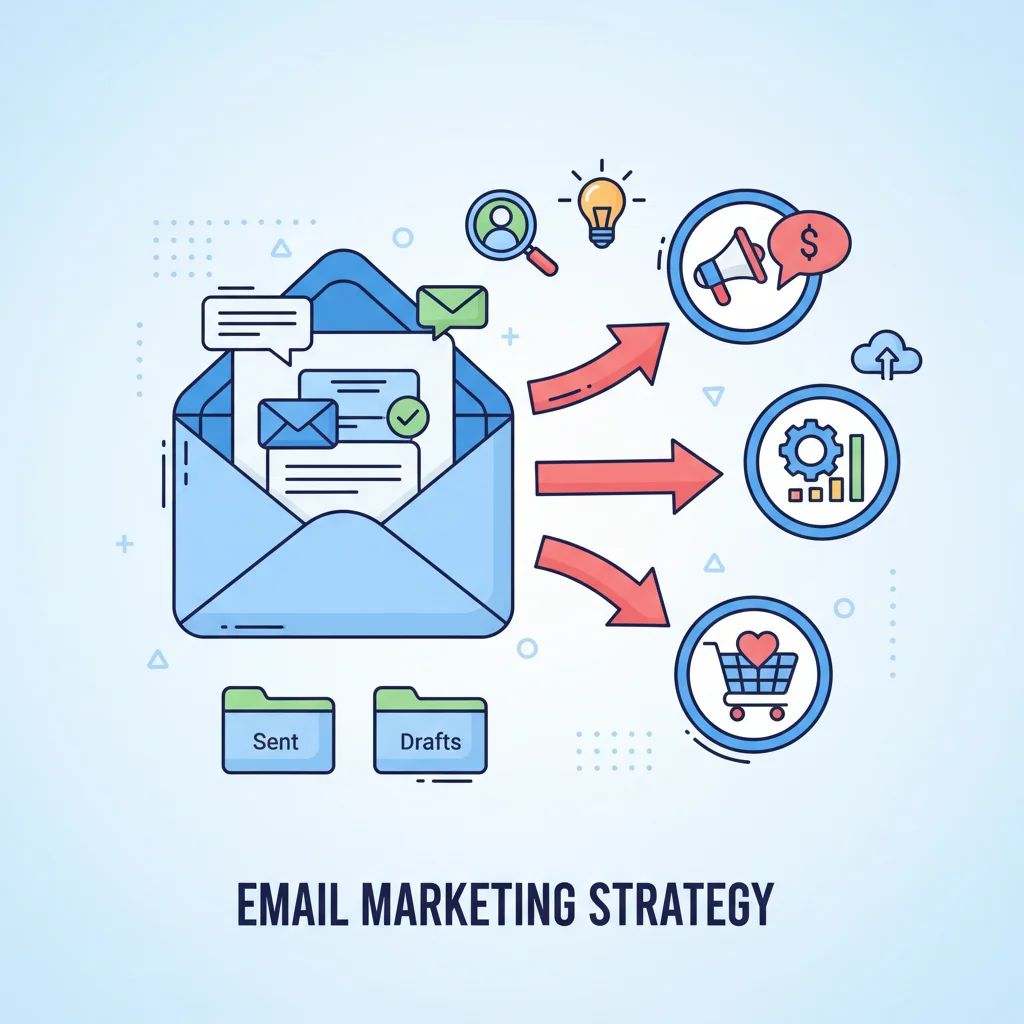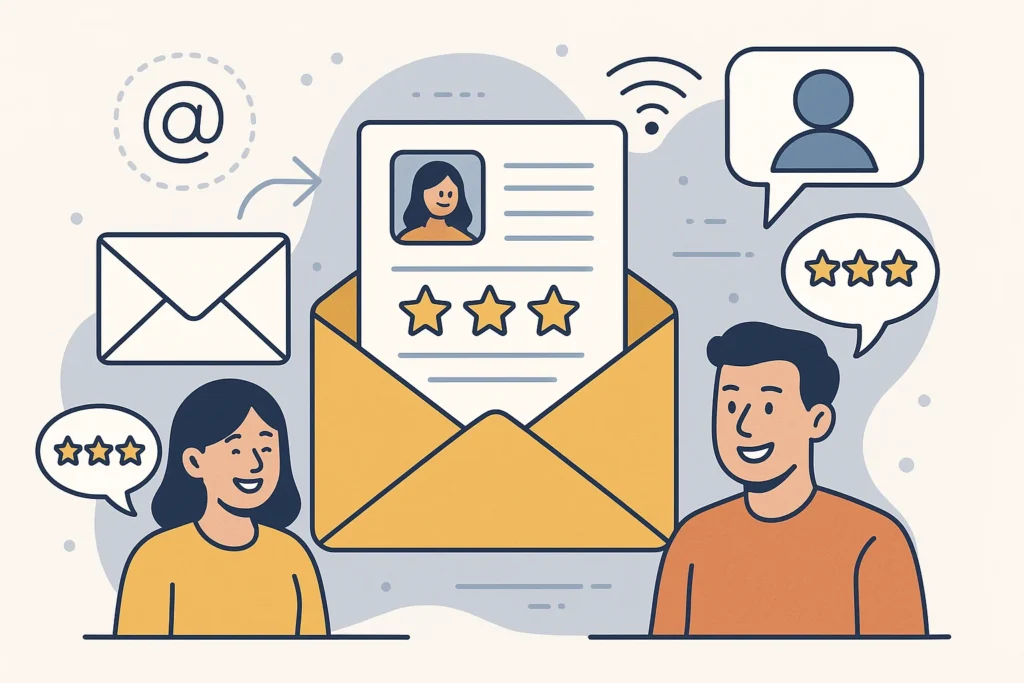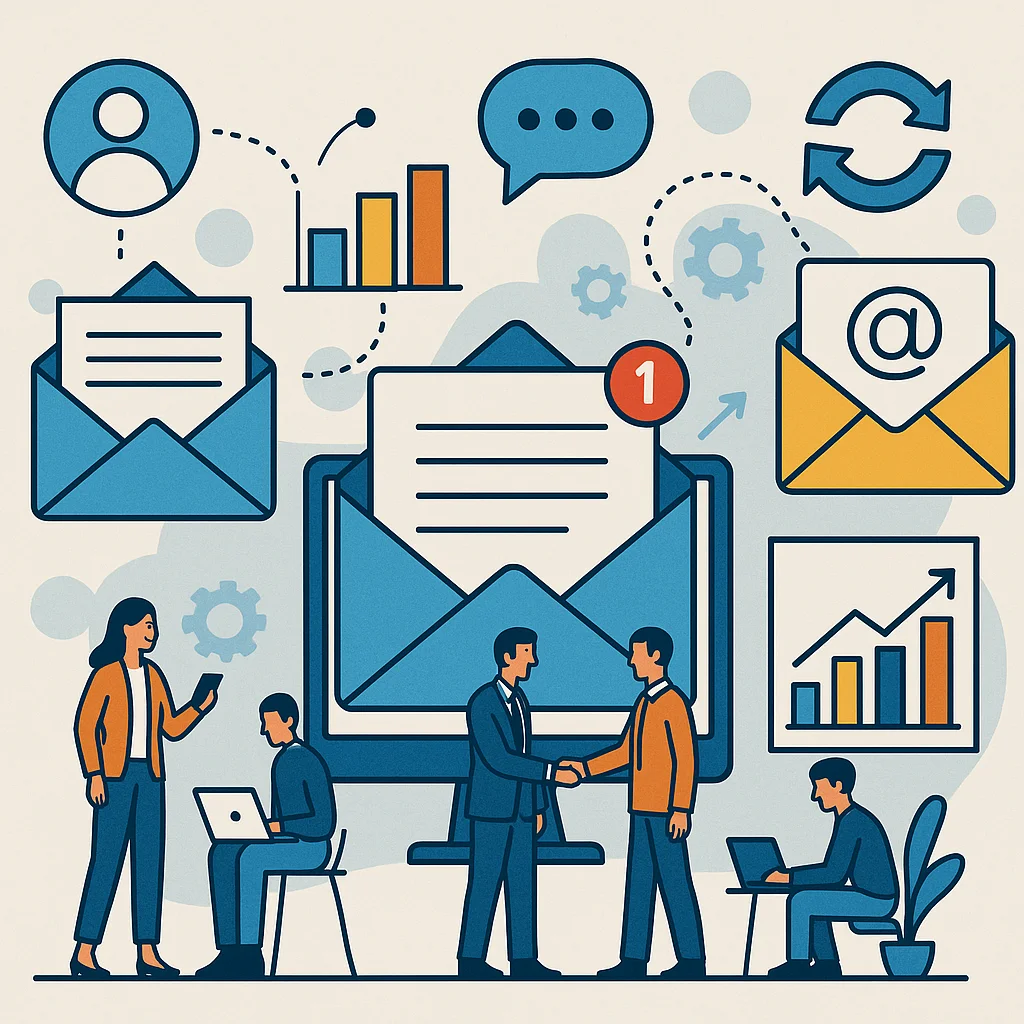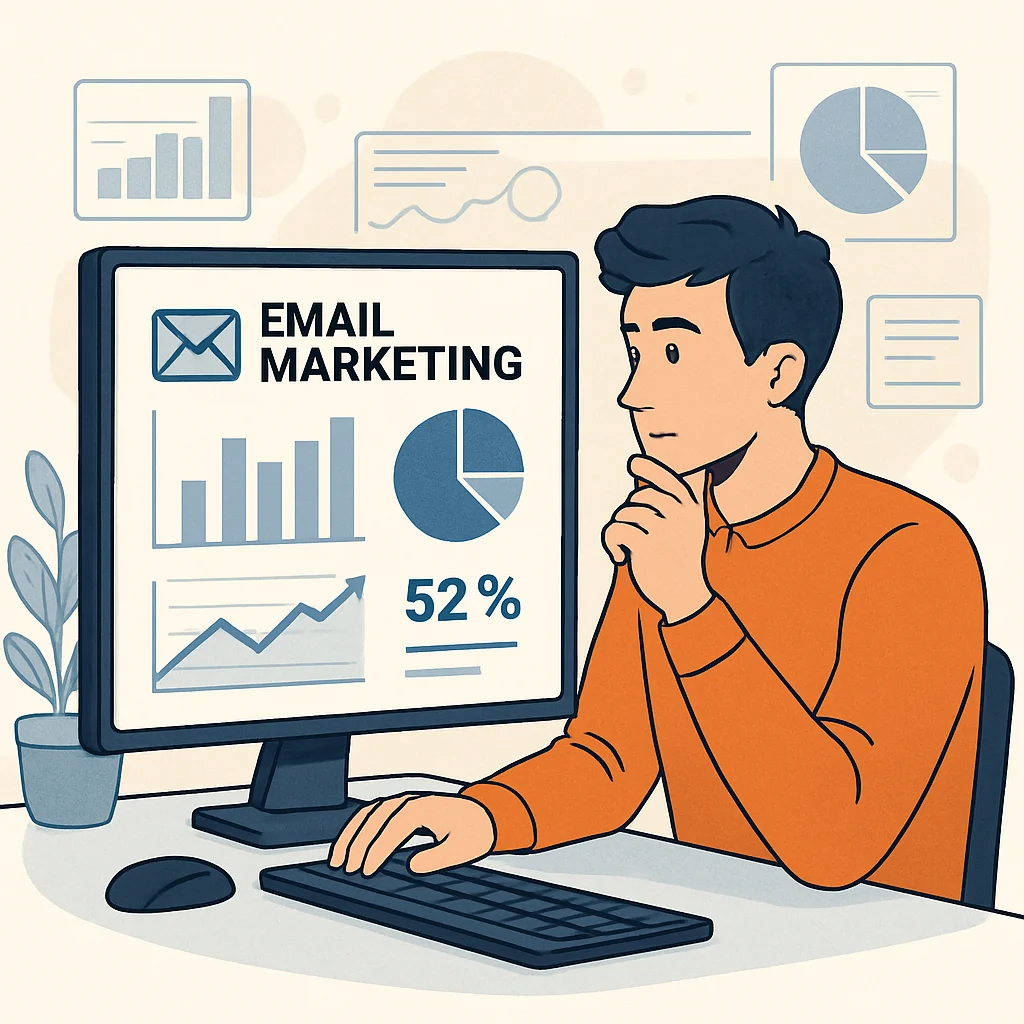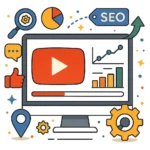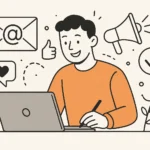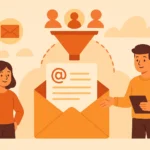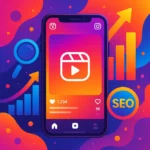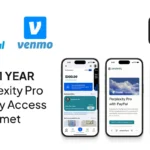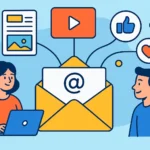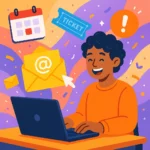Now Reading: 7 Ways to Personalize Email Marketing Campaigns Effectively for Higher ROI
-
01
7 Ways to Personalize Email Marketing Campaigns Effectively for Higher ROI
7 Ways to Personalize Email Marketing Campaigns Effectively for Higher ROI

What’s the single biggest mistake most marketers make with email? I’ll tell you: treating everyone on their list exactly the same. There’s a hidden science to how you personalize email marketing campaigns effectively, and it goes way beyond just adding first names. The businesses that understand this are quietly outperforming their competition by margins that would make your jaw drop.
Key Takeaways
- Personalize email marketing campaigns by segmenting your audience based on demographics, behavior, and preferences
- Use dynamic content that changes based on subscriber data points
- Craft subject lines that speak directly to individual interests (47% higher open rates)
- Time your emails based on recipient engagement patterns
- Implement behavioral triggers for automated yet personalized follow-ups
- Test different personalization elements to continuously refine your approach
What Is Email Personalization (And Why It Matters)
Let’s get real-nobody wants to feel like just another name on a list. When I personalize email marketing campaigns effectively, I’m basically saying to my subscribers, “Hey, I see you as an actual human being with specific interests and needs.”
Email personalization means tailoring your messages to individual subscribers based on data you’ve collected about them. This goes waaaay beyond just slapping their first name in the subject line (though that’s a start).
Here’s why it matters so darn much:
- Emails with personalized subject lines generate 50% higher open rates
- Personalized email content drives 6x higher transaction rates
- 74% of marketers say targeted personalization increases customer engagement
- Personalized emails deliver 6x higher conversion rates than generic messages
Bottom line? When you personalize email marketing campaigns effectively, you make more money and build stronger customer relationships. It’s not rocket science, but it does require some strategy.
Start With Smart Segmentation
The foundation of how to personalize email marketing campaigns effectively is segmentation. You can’t personalize if you’re treating everyone the same!
Demographic Segmentation
This is your basic starting point. I segment my lists by:
- Age groups
- Gender
- Location (city, state, country)
- Income level (when available)
- Job title or industry
For example, if I’m promoting winter clothing, I’ll create different campaigns for subscribers in cold climates versus those in warmer regions. Seems obvious, but you’d be shocked how many brands miss this.
Behavioral Segmentation
This is where things get juicy! I track:
- Purchase history: What they’ve bought, how much they spent, and when
- Website behavior: Pages visited, products viewed, time spent on site
- Email engagement: Opens, clicks, forwards, and replies
- Cart abandonment: Products left behind before checkout
One of my favorite tactics is sending special offers to customers who browsed specific products but didn’t purchase. When I personalize email marketing campaigns based on this behavior, my conversion rates typically jump by 25-30%.
Preference-Based Segmentation
This comes directly from your subscribers telling you what they want:
- Content preferences (blogs, videos, podcasts)
- Product categories of interest
- Communication frequency preferences
- Special interests or hobbies
I once worked with a pet supply company that segmented their list by pet type (dog owners vs. cat owners). When they personalized email marketing campaigns with breed-specific content, their engagement rates tripled!
Useful Articles:
Leverage Dynamic Content
Dynamic content is like magic for email personalization-it automatically changes based on who’s viewing it.
Product Recommendations
Amazon does this brilliantly with their “Recommended for you” and “Customers who bought this also bought” sections. I implement similar logic in my emails by:
- Showing products related to past purchases
- Featuring items similar to what they’ve browsed
- Highlighting bestsellers in categories they’ve shown interest in
The trick is to make these recommendations feel helpful, not creepy. There’s a fine line between “we understand you” and “we’re stalking you.”
Location-Based Content
Geolocation data lets me personalize email marketing campaigns with:
- Local store information and inventory
- Region-specific promotions or events
- Weather-appropriate product recommendations
- Location-specific shipping details
A client in the hospitality industry saw a 40% increase in bookings when we personalized emails with nearby attractions and events based on the subscriber’s location.
Lifecycle-Specific Content
Where someone is in their customer journey dramatically affects what content will resonate:
- New subscribers: Welcome series, educational content, introductory offers
- First-time buyers: Thank you sequences, usage tips, complementary products
- Repeat customers: Loyalty rewards, exclusive previews, referral programs
- Inactive subscribers: Re-engagement campaigns, feedback requests, special comeback offers
When I personalize email marketing campaigns based on lifecycle stage, I typically see a 3x improvement in conversion rates compared to generic campaigns.
Craft Personalized Subject Lines
Your subject line is make-or-break territory. It doesn’t matter how amazing your email content is if nobody opens it!
Use First Name Personalization (But Don’t Stop There)
Including a subscriber’s name in the subject line can increase open rates by 26%. But let’s get creative:
- “John, we picked these just for you”
- “Your February recommendations are ready, Sarah”
- “Mike, did you forget something?” (for cart abandonment)
But name personalization alone isn’t enough. The best subject lines combine the person’s name WITH something specific to their interests or behaviors.
Reference Recent Activity
Some of my highest-performing subject lines reference what the subscriber has recently done:
- “Still thinking about those running shoes?”
- “Your design project: 5 tools that might help”
- “Next step after downloading your marketing guide”
These work because they’re timely and relevant-two key factors in how to personalize email marketing campaigns effectively.
Create FOMO With Personalized Offers
Limited-time offers tailored to individual preferences create urgency:
- “Last day to use your birthday discount, Lisa!”
- “Your exclusive 24-hour access to the new collection”
- “The item you watched is almost sold out”
I’ve found that personalized deadline-based emails can generate up to 3x the revenue of standard promotional emails. People hate missing out on something made specifically for them!
Perfect Your Timing
When you send your emails matters almost as much as what’s in them. Timing personalization is often overlooked but incredibly powerful.
Analyze Individual Engagement Patterns
I use email marketing platforms that track when each subscriber typically:
- Opens emails
- Clicks on links
- Makes purchases
Then I schedule campaigns to arrive just before these peak engagement times. Some of my subscribers are night owls who open emails at 11 PM, while others check during their morning commute. Sending at their personal optimal time can boost open rates by 23%.
Time Zone Optimization
Nothing screams “mass email” like getting a “Good Morning” message at 9 PM. I always:
- Segment subscribers by time zone
- Schedule delivery based on local time
- Adjust send times for international campaigns
This simple fix ensures your carefully personalized content arrives at an appropriate time.
Behavioral Triggers
Some of the most effective emails are triggered by specific actions:
- Browse abandonment: Sent when someone views products but doesn’t add to cart
- Cart abandonment: Timed sequence when items are left in cart
- Post-purchase: Thank you emails with next steps or complementary products
- Milestone triggers: Birthday emails, anniversary of first purchase, etc.
These behavior-triggered emails feel incredibly personalized because they respond directly to something the subscriber just did. They’re also super effective-triggered emails have 8x the open and click rates of traditional emails.
Useful Articles:
Use Personalized Calls-to-Action
The whole point of your email is to get the reader to take action. When I personalize email marketing campaigns effectively, I make sure the CTA speaks directly to the individual.
Tailor CTAs to Customer Journey Stage
Different subscribers need different next steps:
- New subscribers → “Explore our bestsellers”
- Product browsers → “Continue shopping where you left off”
- First-time buyers → “See what pairs well with your purchase”
- Loyal customers → “Claim your VIP reward”
By matching the CTA to where they are in their journey, I’ve seen click-through rates improve by up to 50%.
Personalize Button Text
Instead of generic “Buy Now” buttons, I use:
- “Get Your Custom Package”
- “Complete Your Collection”
- “Claim Your Member Discount”
- “Reserve Your Size”
This small change makes the action feel more relevant and personal.
Create Individualized Landing Pages
The personalization shouldn’t stop when they click! I create custom landing pages that continue the personalized experience:
- Pre-filled forms with known information
- Recommended products based on email content
- Consistent messaging that builds on the email’s personalization
This creates a seamless experience that significantly boosts conversion rates.
Implement Behavioral Triggers
Automated emails triggered by specific behaviors are some of the most effective in my arsenal.
Cart Abandonment Sequences
When someone leaves items in their cart, I don’t just send one reminder-I create a sequence:
- 1 hour later: “Did you have trouble checking out?”
- 24 hours later: “Your items are waiting” (with product images)
- 3 days later: “Limited time offer” (with small discount)
These sequences recover about 10-15% of abandoned carts when properly personalized.
Browse Abandonment Emails
Similar to cart abandonment, but triggered when someone views products without adding to cart:
- “Still interested in ?”
- “Questions about ?”
- “[Product] is back in stock!”
These emails feel helpful rather than pushy when done right.
Re-engagement Campaigns
For subscribers who haven’t engaged recently, I create personalized re-engagement sequences:
- “We miss you! Here’s what’s new since you’ve been gone”
- “Is this still the best email for you?”
- “Last chance to stay connected” (with special offer)
Personalized re-engagement campaigns can recover up to 30% of inactive subscribers.
Personalize Based On Purchase History
Past purchases reveal so much about your subscribers’ preferences and needs.
Cross-Sell Recommendations
After someone buys, I recommend complementary products:
- Bought a camera? Here are lens options.
- Purchased running shoes? Check out our moisture-wicking socks.
- Ordered a business book? These productivity tools might help.
Cross-sell emails generate 3-10x the revenue of standard promotional emails when properly personalized.
Replenishment Reminders
For consumable products, I calculate when the customer might run out and send timely reminders:
- “Time to restock your coffee beans?”
- “Your skincare routine: ready for a refill?”
- “Running low on printer ink?”
These convenient reminders typically convert at 25-40% when timed correctly.
Purchase Anniversary Emails
Celebrating milestones creates emotional connection:
- “One year with your ! How’s it going?”
- “It’s been 6 months since you joined our community”
- “Happy anniversary! A gift to celebrate our 2 years together”
These emails typically see 3x higher engagement than regular promotional content.
Useful Articles:
Test And Refine Your Approach
The secret to how to personalize email marketing campaigns effectively is continuous testing and improvement.
A/B Test Personalization Elements
I regularly test different personalization approaches:
- Subject line personalization styles
- Product recommendation algorithms
- Image personalization vs. text personalization
- Personalized send times vs. standard send times
Small improvements add up to significant results over time.
Gather Direct Feedback
Sometimes the best way to personalize is to just ask:
- Preference centers where subscribers select interests
- Feedback surveys about email content relevance
- Progressive profiling to gather additional data points
This first-party data is gold for personalization efforts.
Monitor Key Metrics
I obsessively track how personalization affects:
- Open rates
- Click-through rates
- Conversion rates
- Revenue per email
- Unsubscribe rates
The data tells me what’s working and what needs adjustment.
Avoid Common Personalization Mistakes
Even experienced marketers make these errors when trying to personalize email marketing campaigns.
Creeping Out Your Subscribers
There’s a fine line between helpful and creepy. I avoid:
- Referencing data they don’t remember giving you
- Over-personalizing with too many data points at once
- Using location data in a way that feels intrusive
Rule of thumb: if it would feel weird in a face-to-face conversation, it’s probably weird in an email too.
Relying On Bad Data
Personalization is only as good as your data. Watch out for:
- Outdated information
- Incorrect name spellings
- Inaccurate purchase records
- Conflicting preference data
I regularly clean my database and provide easy ways for subscribers to update their information.
Forgetting The Human Element
Technology enables personalization, but authentic human connection is the goal:
- Write in a conversational, friendly tone
- Acknowledge the person behind the data
- Balance automation with authenticity
- Test emails on yourself-would YOU want to receive this?
The best personalized emails feel like they were written by a thoughtful human, not an algorithm.
Tools That Make Personalization Easier
You don’t need to do all this manually! Here are some tools that help me personalize email marketing campaigns effectively:
Email Service Providers With Advanced Personalization
- Klaviyo: Exceptional for ecommerce personalization
- HubSpot: Great for B2B personalization and automation
- Mailchimp: Solid personalization features for small businesses
- ActiveCampaign: Strong automation and personalization capabilities
- Drip: Specialized for ecommerce behavioral personalization
Customer Data Platforms
- Segment: Unifies customer data across platforms
- Bloomreach: Combines customer data with personalization tools
- Exponea: Specializes in real-time personalization
AI-Powered Recommendation Engines
- Dynamic Yield: Advanced personalization and recommendations
- Nosto: AI-powered product recommendations for ecommerce
- Barilliance: Personalized product recommendations and triggered emails
The right tools make personalization scalable, even with large subscriber lists.
When you personalize email marketing campaigns effectively, you transform from being “another marketing email” to becoming a valued, relevant resource in your subscribers’ inboxes. Start with solid segmentation, leverage the data you already have, and continuously test and refine your approach. Your subscribers will reward you with higher engagement, better conversion rates, and stronger customer loyalty. And isn’t that what email marketing is really all about-building relationships that benefit both you and your customers?


